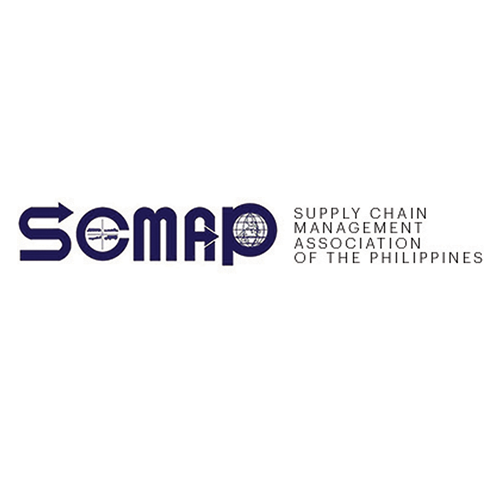At the end of last month, the Philippines finally ratified the Regional Comprehensive Economic Partnership, a wide-ranging agreement covering all ten ASEAN members and five of its major trading partners: Australia, China, Japan, New Zealand and South Korea. That’s roughly 30% of the world’s population, and 30% of global gross domestic product.
Despite the government’s fervent support for the trade deal, which aims to eliminate up to 90% of tariffs on imports from participating countries, the Philippines is the last country to ratify the agreement. (Myanmar ratified the deal in August 2021 but concerns surrounding its government’s legitimacy after political unrest that year have put a hold on matters.) While the 2022 presidential elections was a key cause of the delay, fervent opposition from farmers’ groups – fearing that local produce will be undermined by the entry of more imported goods – was also critical.
Nonetheless, the government argued that participation in the RCEP is key to unlock further economic development in the country. Our economic managers have argued that the trade deal would allow us to better attract foreign direct investment, as well as harmonize the various free trade agreements the country already has in place, further reducing the cost of doing business. As RCEP member countries account for around half of the Philippines’ total export market and 68% of total imports, the impact on our consumption-driven economy is substantial.
True enough, the RCEP would be a good thing for consumers. Their access to finished goods from across the region could significantly increase, and it may drive local manufacturers to be more competitive, leading to lower prices and better options. But that thinking only covers half the equation – the demand one. Concerns about local producers, particularly those in the agricultural sector, being swamped by imported products are valid. Maximizing the benefits of RCEP membership means providing more support and interventions on the supply side.
The woes of the agricultural sector are well-documented. We’ve seen it recently in the astronomically high price of onions. These problems, however, are long-term: take the continuing impact of African swine flu on pork products from certain parts of the country, or the shortage of eggs due to avian flu and the high cost of feeds. So far the interventions – at least the ones we hear more of – tend to address pressures on demand: allowing the import of goods, for example. Perhaps, while we’re still in the twenty-year transition period before most tariffs are eliminated, we should work towards making our farmers more competitive, from expanding protections from diseases that may affect yields, to improving business models, financing and logistics networks to allow farmers to be more competitive and earn more.
Of course, one obvious answer is investment in infrastructure. Transport costs remain a major contributor to the final price of produce. This also means they are extremely vulnerable to shocks both foreseen (like typhoons) and unforeseen. We are happy to hear of the government’s continued commitment to opening new roads and ports to support agricultural hubs. During our Supply Chain Outlook event last March 3, Department of Transportation undersecretary Elmer Sarmiento also mentioned boosting support for cold chain facilities, which is also welcome news – but for this to be fully realized a whole-of-government approach is needed to resolve issues relating to transport and energy costs, as well as regulations that pose a hurdle to efficient and seamless movement of goods.
Remember the opportunities that wait to be tapped when these issues are addressed. Even before you consider the potential of Filipino products being competitive abroad, you can make them competitive in our own market. Again, our economy is consumption-driven – and the more that consumption goes to our own producers, the more empowered they get, and the more competitive they become in the long run. Also consider the Philippines’ efforts to broaden the reach of our products, beyond RCEP. We are also part of the Indo-Pacific Economic Framework, a similar trade agreement led by the United States currently undergoing negotiations. We are also finalizing separate trade deals with South Korea, India and the UAE.
Our products already have an audience abroad, but recognition of their merits mean little if those responsible for growing, crafting and manufacturing them are not uplifted in the process. Why don’t we take this opportunity to go further?
Henrik Batallones is the marketing and communications director of SCMAP, and editor-in-chief of its official publication, Supply Chain Philippines. More information about SCMAP is available at scmap.org.
PREVIOUS COLUMN: 15-minute Supply Chains





